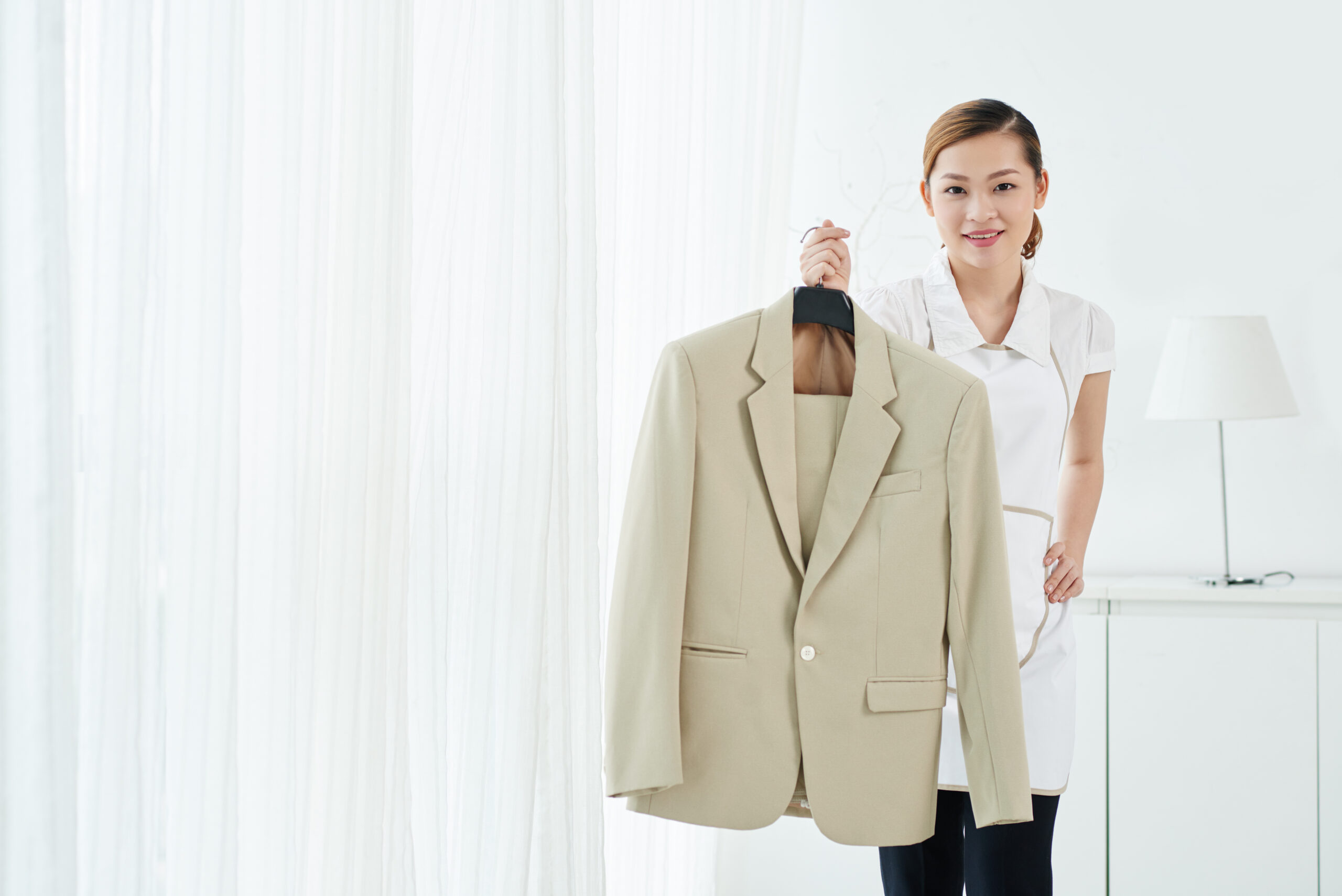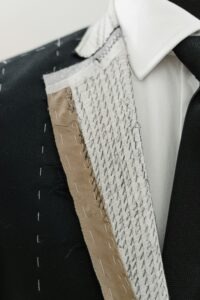




Velour fabric has made a stunning comeback in 2025, becoming one of the most sought-after materials in fashion and home décor. This luxurious yet affordable fabric offers the perfect blend of comfort, style, and versatility that modern consumers crave. Whether you’re a fashion enthusiast, interior designer, or DIY sewing enthusiast, understanding velour’s unique properties and applications can elevate your projects to new heights.
Originating from the French word for velvet, velour is highly similar to velvet and velveteen. Unlike velvet, which is a pile weave fabric, velour is a pile knit fabric, which means that it is simpler to produce and slightly less sumptuous. This manufacturing difference makes velour more accessible and easier to work with than traditional velvet.
Velour fabric boasts several properties that set it apart from other textiles. Its soft, plush surface is one of its most defining characteristics. The fabric is typically made from cotton or synthetic fibers like polyester, which contribute to its stretchability and durability.
Softness and Texture: Velour is notable for its luxurious softness, short pile, and soft sheen. The fabric’s distinctive cut pile creates a smooth, velvety surface that feels incredibly soft to the touch.
Stretch and Flexibility: Unlike woven velvet, velour’s knit construction provides natural stretch, making it ideal for comfortable clothing and fitted garments.
Durability: Modern velour fabrics are designed to withstand regular wear and washing while maintaining their plush appearance.
Affordability: Velour offers the luxurious look of velvet at a fraction of the cost, making it accessible to budget-conscious consumers.
Many people confuse velour with velvet, but understanding their differences is crucial for making the right fabric choice:
Loungewear and Tracksuits: Thanks to its soft texture, natural stretch, and elegant finish, velour fabric has found widespread use across fashion, loungewear, and even interior design. The 2025 fashion trends show a resurgence of velour tracksuits and comfortable casual wear.
Evening Wear: Designers are incorporating velour into sophisticated evening pieces, taking advantage of its luxurious appearance and comfortable fit.
Accessories: From handbags to scarves, velour accessories add texture and visual interest to any outfit.
Upholstery: Velour’s durability makes it an excellent choice for furniture upholstery, particularly for pieces that see regular use.
Curtains and Drapes: The fabric’s draping qualities and light-blocking properties make it ideal for window treatments.
Throw Pillows and Blankets: Velour’s softness and warmth make it perfect for cozy home accessories.
Proper care is essential to maintain velour’s luxurious appearance and extend its lifespan. Here are expert-recommended care tips:
Pre-treatment: As velour is washable and yet stretchy, it can also be known to shrink slightly. A great tip would be to wash on a cool and gentle cycle or hand wash and dry flat before beginning to cut and sew.
Machine Washing: To maintain this soft fabric, use cool water and the gentle cycle setting. Always turn garments inside out and separate light and dark colors.
Hand Washing: Handwashing is always the safest and most effective cleaning method. Use lukewarm water with mild detergent.
Brushing: Gently brush velour with a soft-bristled brush to restore pile direction and maintain texture.
Spot Cleaning: Brush off the dirt, then gently scrub the furniture with a warm cloth and a little mild soap.
Professional Cleaning: For valuable or heavily soiled items, consider professional cleaning services.
Working with velour requires specific techniques to achieve professional results:
Needle Selection: Use a stretch needle and as it’s a stretch fabric it won’t ravel so you don’t need to finish the seams
Cutting: Always cut velour pieces in the same direction to ensure consistent pile appearance
Pressing: Use low heat and a pressing cloth to avoid crushing the pile
Seam Finishing: While velour doesn’t ravel, you can serge seams for a professional finish
When choosing velour, consider its environmental impact. Although Velour’s production has certain negative consequences on the environment, such effects are mitigated by the fact that so little of it is made each year. Opt for:
This year’s velour trends include:
Rich Jewel Tones: Deep emerald, sapphire blue, and burgundy are dominating the palette Textural Mixing: Combining velour with contrasting textures like silk and linen Sustainable Options: Eco-friendly velour made from organic or recycled materials Bold Patterns: Moving beyond solid colors to include subtle prints and textures
Velour fabric continues to captivate designers and consumers alike with its perfect balance of luxury, comfort, and affordability. Whether you’re creating a cozy loungewear collection, updating your home décor, or exploring new fashion frontiers, velour offers endless possibilities. By understanding its properties, proper care techniques, and current trends, you can make the most of this versatile fabric in your projects.
Remember that quality matters when selecting velour – invest in well-made fabrics that will maintain their beauty and performance over time. With proper care and creative application, velour can elevate any project from ordinary to extraordinary.
Ready to start your velour project? Visit your local fabric store or browse online retailers to explore the wide variety of velour fabrics available today. Don’t forget to pre-wash your fabric and use the appropriate sewing techniques for best results.


